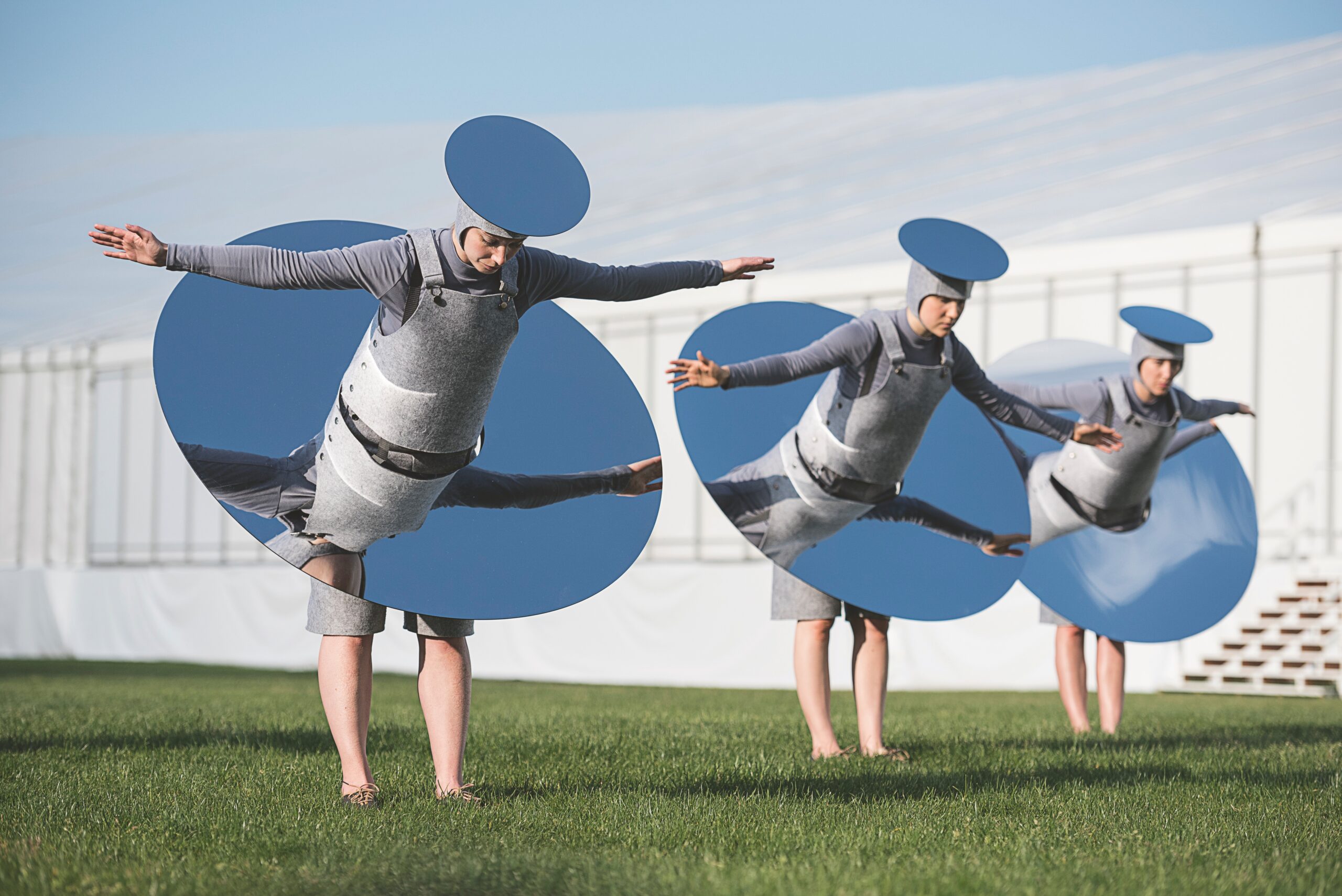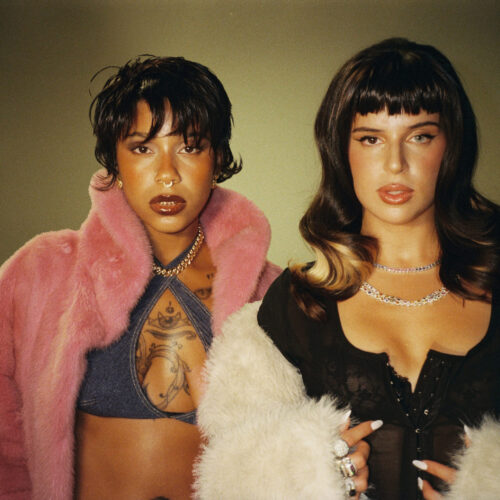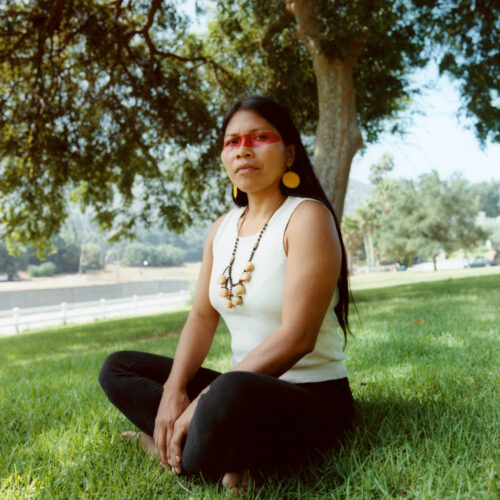The Latin American “art turn” is a recent phenomenon. Just a few decades ago, art from the Global South was largely missing from canonical Euro-American histories. Yet artistic production never ceased. Art that was once relegated to national and regional contexts, is slowly rising among mainstream art circles. Phaidon’s latest publication Latin American Artists From 1785 to Now reminds us of the vast aesthetic, political and intellectual contributions of artists from the region.
Covering twenty countries and three hundred and eight modern and contemporary artists, Latin American Artists From 1785 to Now features groundbreaking artists born and/or based in Latin America. From artist and public intellectual Cuco Fusco’s video art to Peru’s father of documentary photographer Martín Chambi, the line up is ambitious and vast. It includes historic and today’s rising artists, working across a range of mediums. In order to cover such a wide breadth, Phaidon editors worked in close collaboration with a global panel of advisors, including art historians, critics, curators, writers, and collectors.

Latin American Artists From 1785 to Now released on October 4 2023.

Latin American Artists From 1785 to Now. Introduction by Raphael Fonseca. Image courtesy of Phaidon.
Rather than following a date based chronology of art – a practice that has been long critiqued for its exclusionary effects – the book organizes artists in alphabetical order. Each artist is represented by one key artwork and a specially commissioned text, written by one of nearly fifty contributors, which provides background information about the artist and discusses the illustrated work. One page per artist means lesser known names receive the same treatment as entries for established artists like Diego Rivera, Tarsila Do Amaral and Fernando Botero. The non chronological format is a nod to a growing movement considering art history horizontally beyond national and regional boundaries. The brevity of each entry makes readership approachable and prioritizes the visual. There is no right way to approach the book, one could begin alphabetically or let the eyes roam until an artwork or name invites them in.
Among its strengths, the book introduces readers to lesser known names that Raphael Fonseca – curator and writer of the publication’s introductory essay – describes as “B-Sides” in cultural narratives. According to Fonseca, these are “artists that generally didn’t have the same commercial or institutional success, and artists from countries that generally are eclipsed by bigger and more powerful countries in Latin America.” One example of the former is Brazilian artist Sonia Andradre, a pioneer of video and mail art who is often omitted from mainstream Latin American art narratives but is included in the publication. As for countries largely overshadowed, Latin American Artists From 1785 to Now includes artists from Panama, Bolivia and other Central American states. These include the performance work of Regina José Galindo that contends with the genocide of the Ixil people in Guatemala, and the sculptural works of Beatriz Cortez. It’s an exciting intervention because as Fonseca elaborates, “If you look at the whole list, I would say perhaps half of the artists still don’t have books published about them.” Their inclusion is a necessary rectification of historic power imbalances.
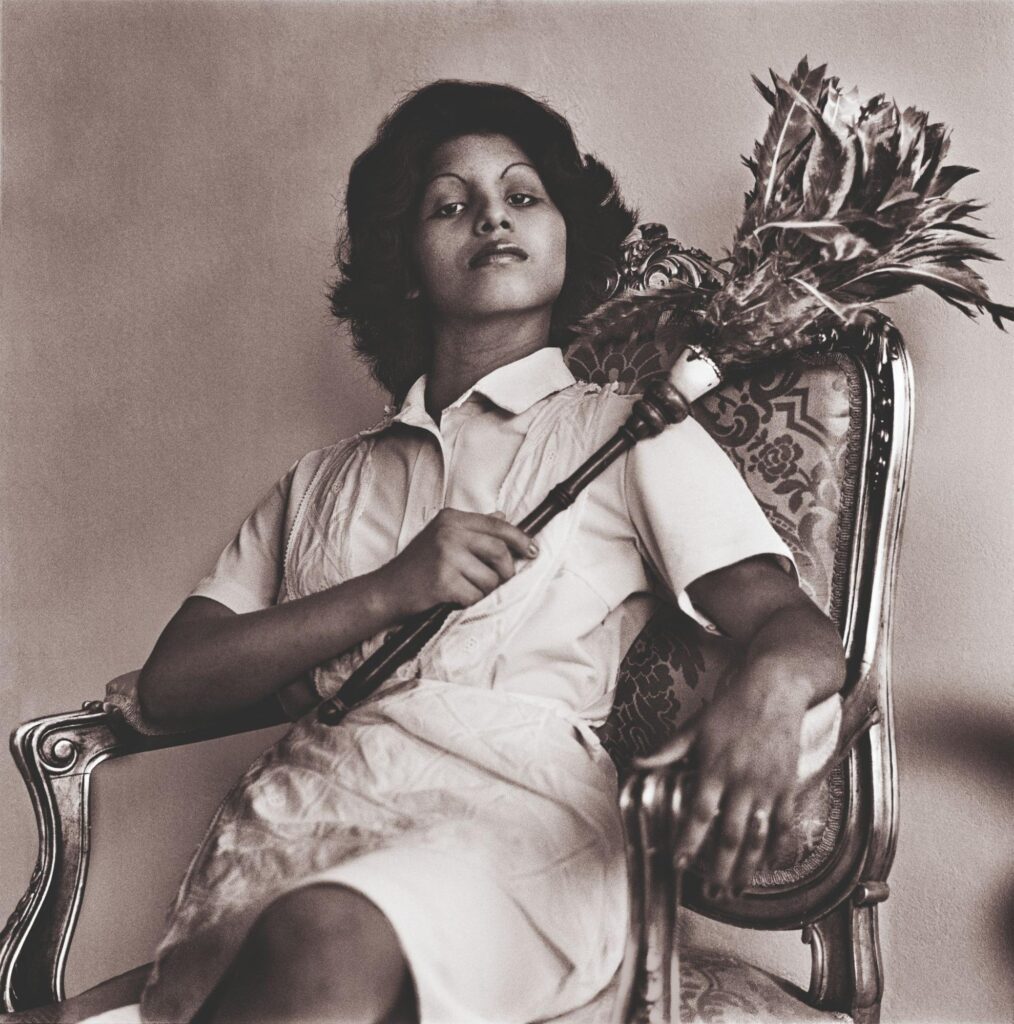
Sandra Eleta, Edita (la del plumero) Panamá (Edita (The One with the Feather Duster) Panama), 1978–80, from the series La servidumbre (Servitude), 1975–89. Picture credit: Courtesy the artist (page 112) black and white photograph, 19 × 19 in. (48.3 × 48.3 cm). Born 1942, Panama City, Panama. Lives Portobelo, Colón, Panama.
The alphabetical organization brings forth novel and unexpected juxtapositions. Rarely are the artists placed side-by-side working out of the same country, medium or time-span. The black and white photography of Panamanian artist Sandra Eleta from 1978-80 is paired with a 1998 installation by conceptual artist Leandro Erlich from Argentina. With a long-standing commitment to highlighting neglected narratives, Eleta in “Edita (la del plumero),” a domestic worker in uniform holds a feather duster across her chest, and with regal pose, effectively turns her employer’s gilded chair into her throne. Meanwhile, in Erlich’s work, “La Pileta,” the installation confronts viewers with the sight of a full-size swimming pool in a gallery. Ultimately, these artist pairings counter the fallacy of a singular Latin American aesthetic.
Raphael Fonseca reminds us that any attempt to tell a comprehensive history of Latin America will fall short. In his introductory essay he notes that “The only certainty when circumscribing the identity of any place is that something will always be missing.” It is because the Latin America identity is wide, amorphous and porous that multiple definitions of Latinidad exist. In light of various definitions of Latin America, the artistic contributions from Francophone Caribbean countries are absent, such as Haiti’s reverberating influence in the Caribbean and global avant-garde movements.
Additionally, while the book aims to cover four centuries, it has a strong focus on artists working from the 1920s onward. It does include canonical figures of early republics, such as Afro-Peruvian artists José Gil de Castro and Francisco Oller y Cestero of Puerto Rico, both working in the first half of the 19th century; however, these entries are few and far between. It’s a two-sided coin. With an emphasis on the twentieth century, a web of relations, conversations and tensions between artists begin to unfold. So while the early modern period is sparse, the concentrated attention to the contemporary era allows for a deeper reflection into art of the now and nurtures contemporary artists’ place in history.
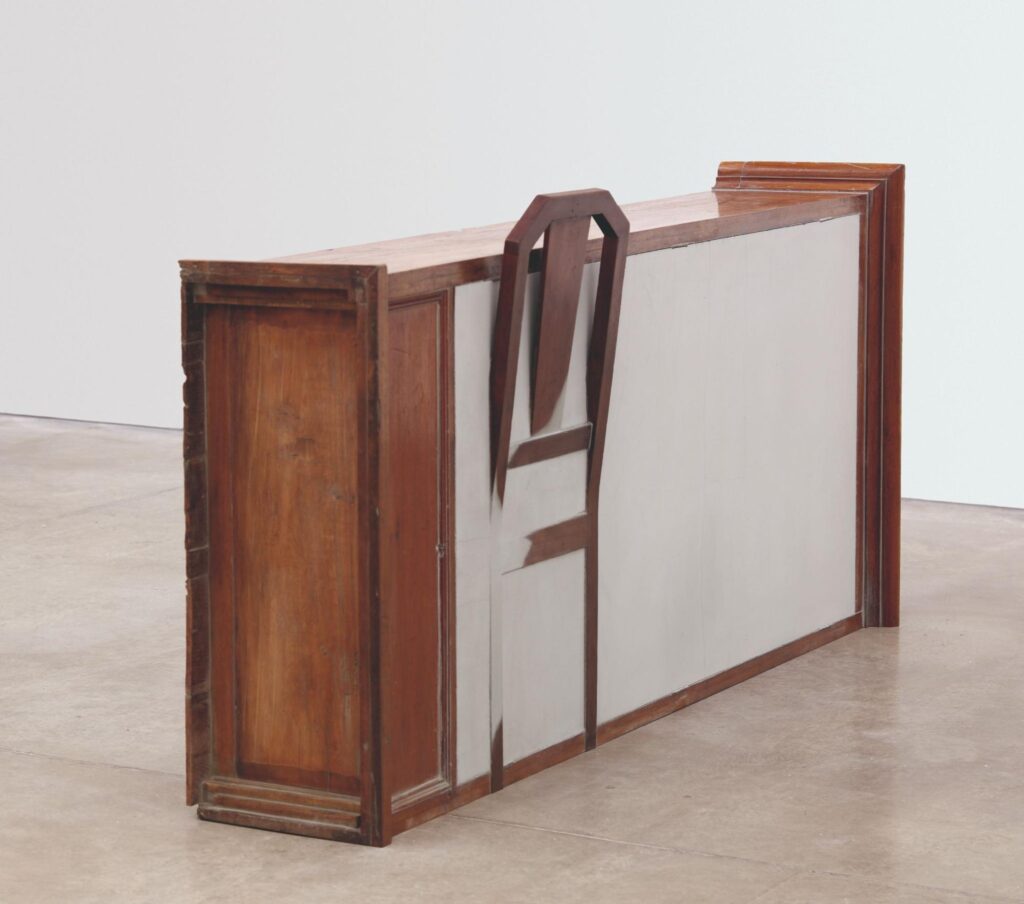
Doris Salcedo, Untitled, 2007. Picture credit: © the artist. Courtesy White Cube. Photo © Stephen White. (page 283) wood, concrete, and metal, 39 9/16 × 78 3/4 × 19 1/8 in. (100.5 × 200 × 48.5 cm), installation view, White Cube Hoxton Square, London, UK. Born 1958, Bogotá, Colombia. Lives in Bogotá.
Latin American Artists From 1785 to Now is an ambitious project. With a stellar group of advisors, readers will come away with a keener understanding of Latin American artistic production. However, the project of tracing and expanding the narrative is ongoing and never complete. Thus the publication is as an aperture into Latin American art and the possibilities for telling more inclusive histories.
Joanna García Cherán is an art historian, writer and cultural worker passionate about art of our time.
